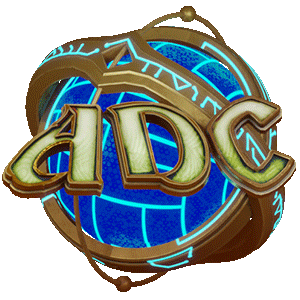You do not have permission to view link
Log in or register now.
Jinjer LC submitted a new resource:
Stylized 3D Production Guide for Allods online - Stylized 3D Production Guide for Allods online

Stylized 3D Production Guide
Many new artists are eager to design game characters. But their enthusiasm often quickly fades away because the character design is a very important matter, and one can’t work on it alone apart from the rest of the team. That’s why we made for you this guide on the character design usingYou do not have permission to view link Log in or register now.as an example.
Every stage of the...
Read more about this resource...
Last edited by a moderator:
























































